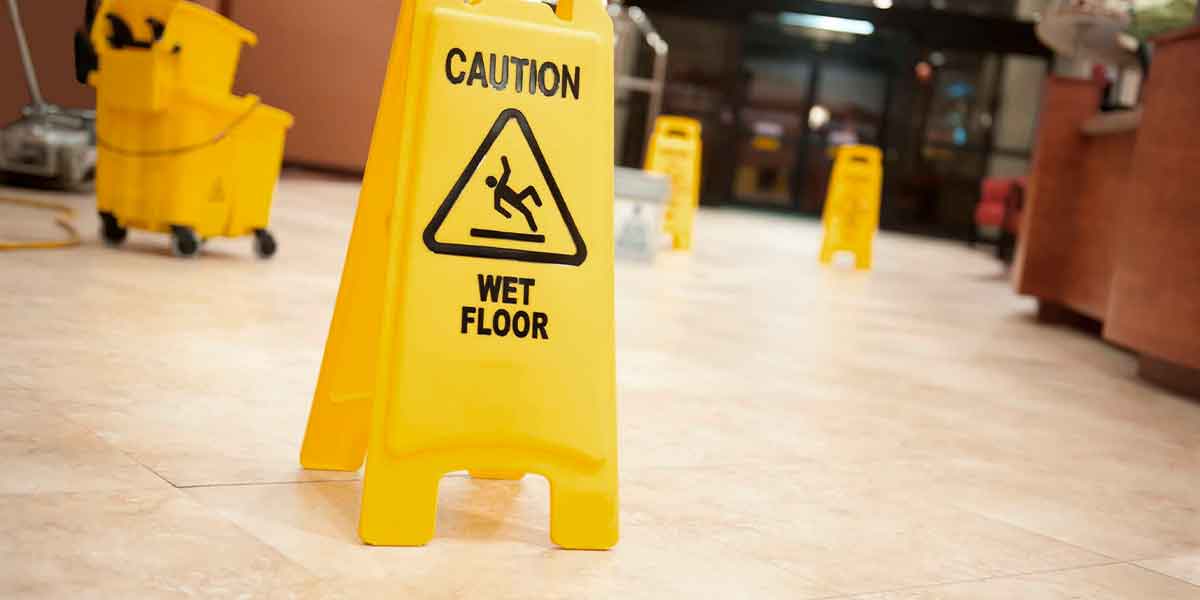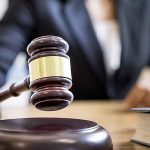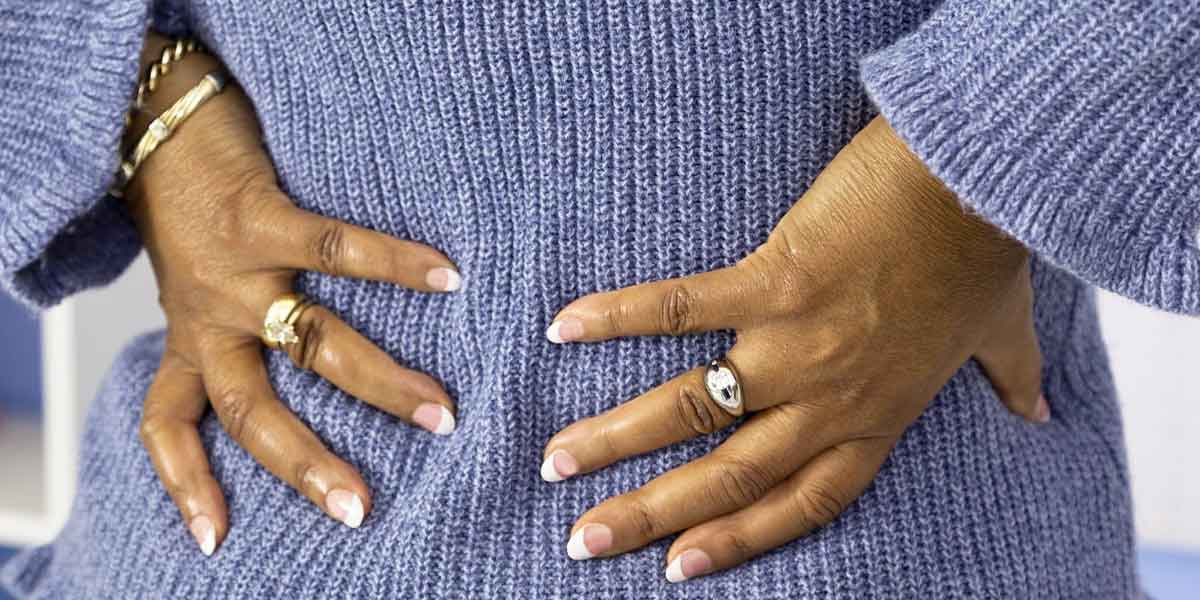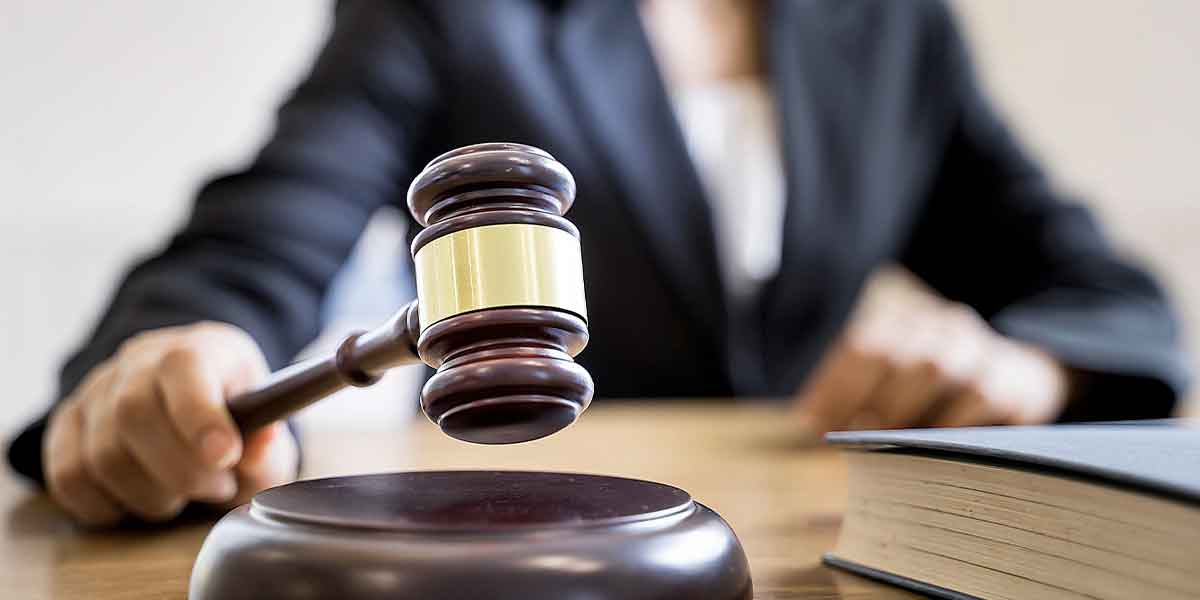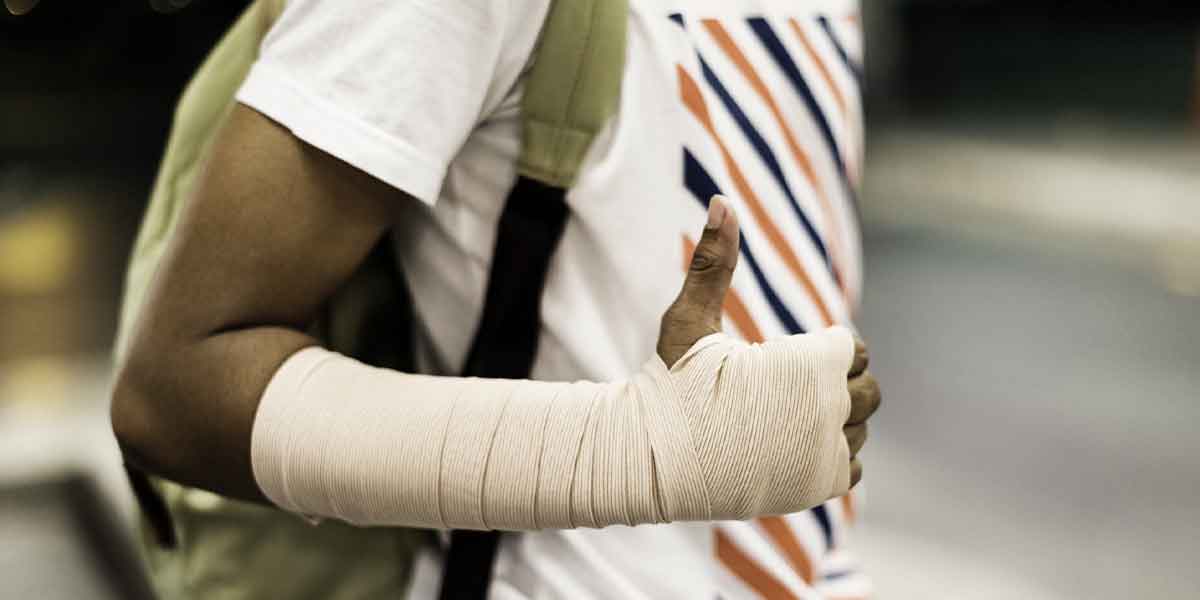Personal injury covers a wide range of incidents where one person is injured as a result of the negligence or misconduct of another person or entity. Under personal injury, there is also premises liability which is one of the most common types of personal injury cases as it encompasses a great many physical locations, areas, or structures where an injury can occur. Premises liability concerns itself with the possibility for legal action against the person or entity in charge of a property should an individual become injured on that property. Incidents of this kind can occur as a result of countless conditions such as wet floors, broken elevators, uneven walkways, poor maintenance, or inadequate security just to name a few. However, in order for a personal injury to be attributed to premises liability, the individual who was injured must prove that their injury was the direct result of the property owner’s failure to adequately maintain safe conditions in and around their premises.
If a property owner’s neglect resulted in you being injured on their property, contact Novo Law Firm PC for a consultation. We have years of experience in handling premises liability claims and can let you know if you have a case. Read on to learn more about the injuries most frequently associated with premises liability.
Injuries and premises liability
Premises liability comprises a type of personal injury where an individual is harmed as a result of unsafe conditions within a particular location. It would be impossible to list every injury that has been brought about by a property owner’s failure to remove or ameliorate these conditions. Nevertheless, what follows here will cover some of the most common injuries that occur on hazardous premises.
Infections
Though we usually associate premises liability with structural deficiencies, it can also arise from unsanitary cleaning practices. Untreated pool water, improperly disinfected manicure equipment, and poorly maintained restrooms are just some examples of unhygienic premises that can lead to bacteria entering the body and causing infection. If left untreated, some infections can lead to serious illness or even require amputation of the affected area.
Drowning
All properties need to have someone present in order to guard the premises against accidents, and this is even more true for properties that contain swimming pools. Indeed, a majority of drowning incidents occur in pools that are unattended or understaffed. When drowning is not fatal, the deprivation of oxygen can lead to severe neurological damage. Brain damage can begin after five minutes of oxygen deprivation, and unfortunately, damage to the human brain is often permanent.
Head, brain, and neck injuries
When discussing premises liability, injuries to the head, brain, and neck are often the result of building defects. Poorly constructed properties or those undergoing repairs can be subject to structural failures such as an old deck collapse, a weak roof caving in, or unstable beams falling over. These and other construction accidents that tend to come down from a higher level can lead to substantial head, brain, and neck injuries. Oftentimes, these types of injuries can be extremely painful, requiring surgery and physical therapy.
Broken Bones
Broken bones can be attributed to a number of situations, but under premises liability, the most common source of broken bones is perhaps slip and fall cases. Property owners are responsible for adequate premises maintenance to ensure the safety of others. However, wet floors, extension cables, snow and ice, cracked or uneven floors and walkways are risks that are all too common and all too often result in injuries. When someone slips and falls, a fracture or break can happen to just about any bone in the body due to the impact of the fall.
Toxic Chemical Exposure
Fortunately, toxic chemical exposure is a premise liability that doesn’t occur too often. And while most chemical exposure is occupational, it can happen to anyone. Pesticides used to kill unwelcome insects, asbestos in older buildings, lead used in paint for homes and businesses, mold on walls and other surfaces—these are some of the more common toxic substances that fall under premise liability. Depending on different factors, exposure to toxic chemicals can cause skin and eye irritation, burns, respiratory problems, as well as other adverse health effects that may not show up until years after the initial exposure.
Proving premises liability
Although the previous examples touch on the injuries that can be caused by dangerous conditions in or around another person’s property, an injury alone, even one directly linked to these conditions, is not enough to warrant a premises liability claim. The crux of a premise liability case lies in the injured party’s ability to prove that the person or entity at fault neglected to make their property safe. It needs to be evident that the property owner was aware of the dangerous conditions on their premises and failed to remove or ameliorate them, subsequently resulting in the injuries of the claimant.
If you have suffered an injury on someone’s property as a result of their negligence, you may be able to file for a premise liability claim. Get in touch with the attorneys at Novo Law Firm PC. We’ll let you know if you have a case and guide you through the next steps in securing compensation for your injuries.
